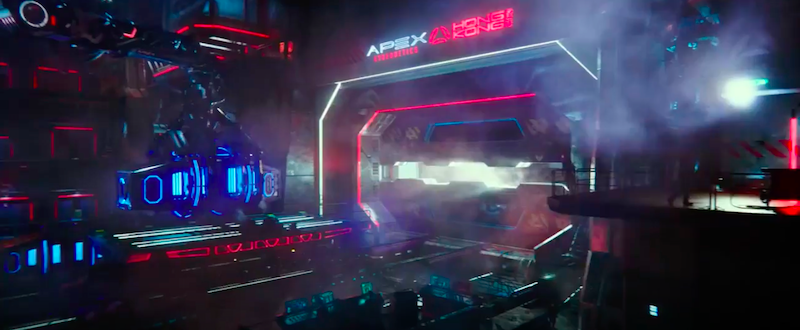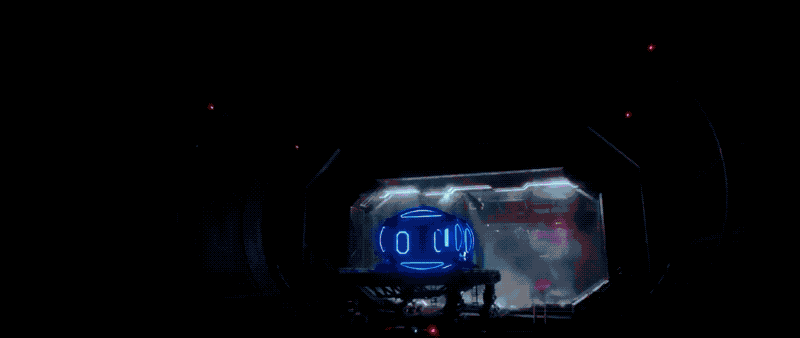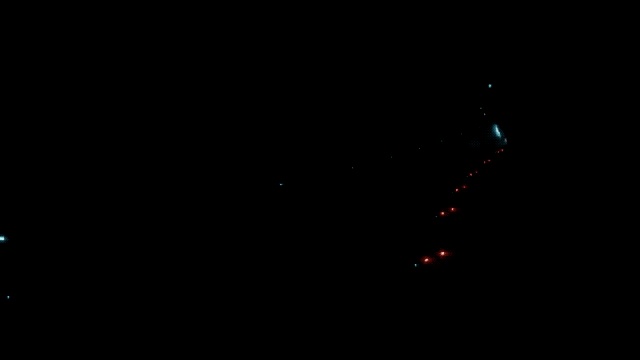One of the first things that gives away how disappointing Godzilla vs. Kong’s focus on humanity will be is the way the movie seemingly foregoes any sense of internal logic, moving characters like Millie Bobby Brown’s Madison Russell from one location to another faster than a human could reasonably travel.
At multiple points during Adam Wingard’s Godzilla vs. Kong — a movie set in a world still recovering from the handful of times it was devastated by attacks from humongous monsters — humans on the ground manage to conveniently move around (off-camera) with a speed that leaves certain characters’ arcs riddled with plot holes. Even though the movie opens with Godzilla back in action and attacking human settlements for reasons that people can’t understand, Madison’s able to somehow get from her school to her father Mark (Kyle Chandler) somewhere else in their town in what seems like the blink of an eye, running into no obstacles whatsoever along the way.
Interestingly, Godzilla vs. Kong comes close to self-awareness about the oddness of its characters’ movements in its characterization of Apex Cybernetics CEO Walter Simmons (Demián Bichir), the movie’s two-dimensional villain who sets a number of cataclysmic events in motion as part of his quest to journey into the centre of the Earth. As ridiculous and QAnon-ish as it is to consider, in a world where radioactive dinosaurs and hulking gorilla titans exist, Simmons’ heartfelt belief that the planet is hollow isn’t all that far-fetched. Even more sensible (relatively speaking) is Simmons’ conviction that the Earth’s centre, a place where titans like Kong and Godzilla might have originated, and where gravity functions differently, presents untold wealth in the form of untapped resources that could revolutionise the surface world.

As the story establishes all of these plot elements and begins to reveal the true depths of Simmons’ villainy, there are moments when you can see what a compelling character he could have made in a story that better understood what role humans are best at playing in kaiju movies. In addition to sending an envoy of researchers into the Earth’s centre to both learn more about Kong and extract some glowing energy, it’s revealed that Apex operates a vast network of subterranean tubes that it uses to transport monster eggs that it’s weaponizing in secret.
For all of the gorgeous (if often silly) monster-focused worldbuilding Godzilla vs. Kong gets absolutely right for this franchise, the movie repeatedly stumbles whenever it shifts focus back to human characters. For example: Madison, who becomes the centrepiece of a subplot involving conspiracy theories and podcasting. After convincing her buddy Josh Valentine (Deadpool’s Julian Dennison) to help her track down Bernie Hayes (Eternals’ Brian Tyree Henry), a gonzo podcast journalist trying to expose Apex, the three somehow end up breaking into a lightly-guarded Apex facility recently attacked by Godzilla. Again, it makes zero sense that a grown man and two children would be able to simply mosey into a site where just hours before (or days, the movie’s sense of time is difficult to grasp) the media had swarmed because there’d been a kaiju appearance. But even after you suspend your disbelief to go along with the story the film is telling, what the trio finds in the abandoned Apex base is worth thinking about because it’s something the movie could have used a whole lot more of.
After wandering deeper and deeper into the Apex location, Bernie, Madison, and Josh happen upon what looks like a futuristic loading dock, where they hide out in a massive train car-like pod that seals shut behind them, much to their shared alarm. As the metal box they’re all trapped in is loaded up onto a prepping stage, the three snoops soon realise that they walked right onto an Apex transport destined for Hong Kong, and as the container’s raised up magnetically, there’s nothing they can do to stop their one-way trip to the other side of the world.
It’s easy to see shades of real-world billionaires like Elon Musk in Simmons, whose Apex managed to accomplish the sort of feats that Musk’s Boring Company could only sort of undeservingly brag about to the fawning press. Like Musk, Simmons sees himself as a visionary who’s destined to leave his mark on society whether the public wants it or not. Unlike Musk, Simmons doesn’t seem to have much interest in showing off his technological innovations to the general public. To a certain point, this makes Simmons a more shrewd and sensible supervillain in the sense that he knows better than to draw attention to his underground shenanigans. But in the wonder of Apex’s tunnels, you can also see how Godzilla vs. Kong easily could have made Simmons the kind of figure that people would cheer on because of his ability to actually achieve a certain degree of revolutionary engineering.

Something else that sticks out about this world is how few precautions humanity’s apparently taken to guard itself against future attacks from the likes of Godzilla, who everyone knows is alive, well, and ambivalent about humanity as the movie opens. While logistics are something that have the potential to derail any sci-fi movie, films like Shin Godzilla demonstrated how humanity’s need for organisation and logistical thinking could make for a compelling focus on public transportation within a story about mega monsters.
Neon Genesis Evangelion took this concept a bit further in its depiction of a futuristic Tokyo designed to recede into the Earth itself in order to minimise damage and loss of life in moments where the titular giant robots did battle with the massive, alien abominations. Godzilla vs. Kong’s overall sense of how futuristic a world it is fluctuates throughout the movie in ways meant to make the plot work, but more often than not, the inconsistency highlights how much more the story could have been.
At a time when there are renewed debates in the United States about the future of the country’s infrastructure, Godzilla vs. Kong’s light flirtation with the idea of high-speed trains capable of shuttling people between continents within minutes is tantalising to say the least, and a reminder of how fiction can point people’s thinking towards what could be rather than what already is.
Godzilla vs. Kong is now streaming on HBO Max and playing in theatres.
[referenced id=”1683852″ url=”https://gizmodo.com.au/2021/03/godzilla-vs-kong-cant-be-saved-not-even-by-good-dumb-fun/” thumb=”https://gizmodo.com.au/wp-content/uploads/2021/03/30/iqovafjcnsiiqqi9gtei-e1617049990701-300×152.png” title=”Godzilla vs. Kong Can’t Be Saved, Not Even by Good, Dumb Fun” excerpt=”Monster movies often ride or die by their over-the-top action. One can be willing to forgive failures elsewhere — many of them, even — as long as the bits where the monsters punch the bejesus out of each other are satisfying. But Godzilla vs Kong has a problem: its titanic…”]
